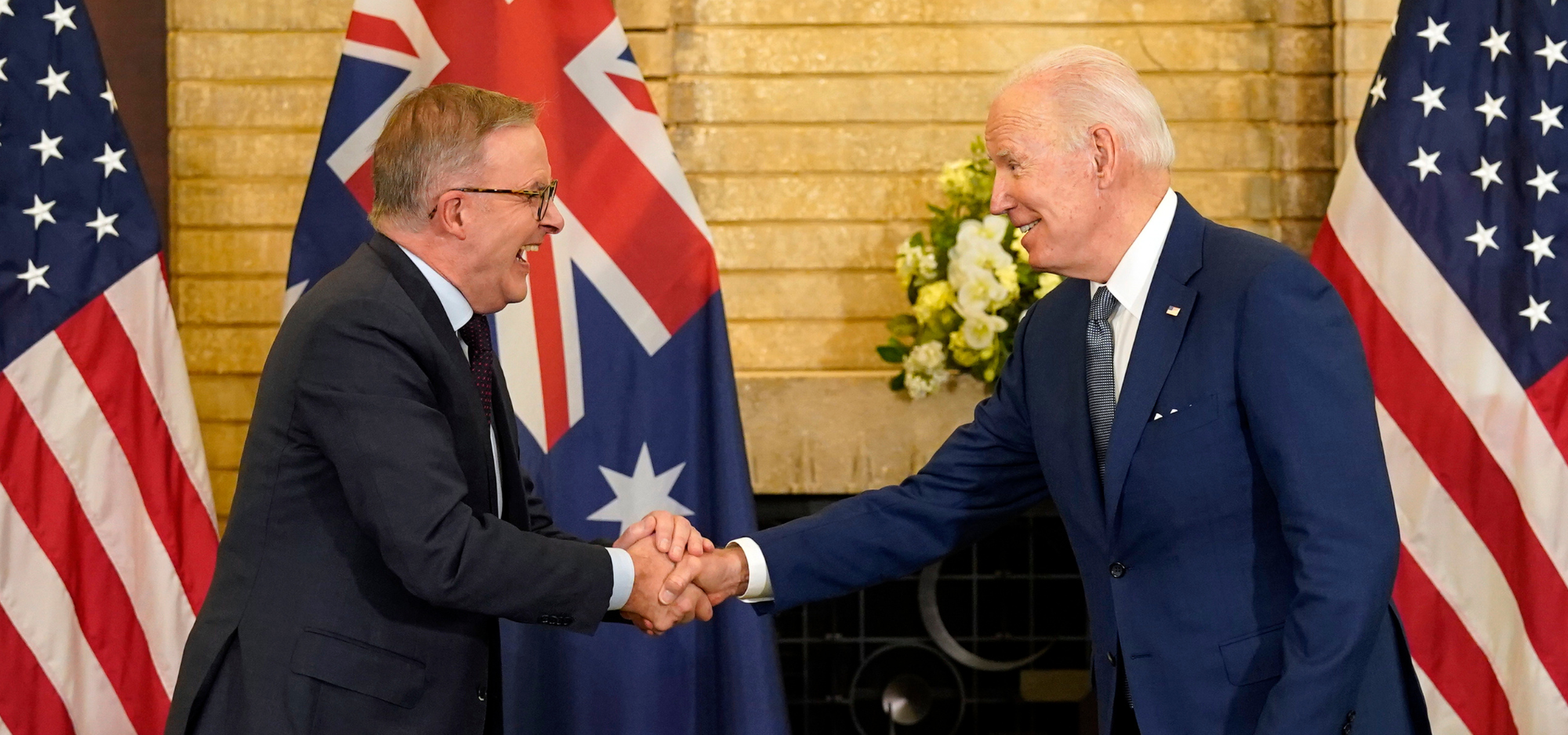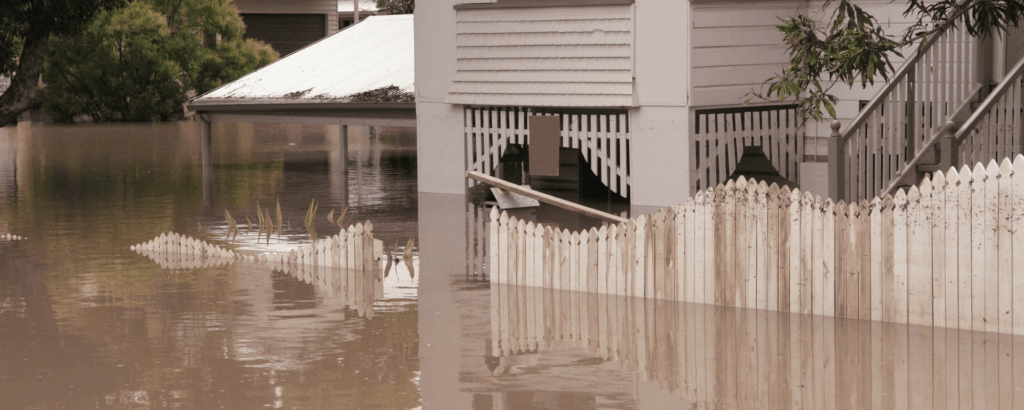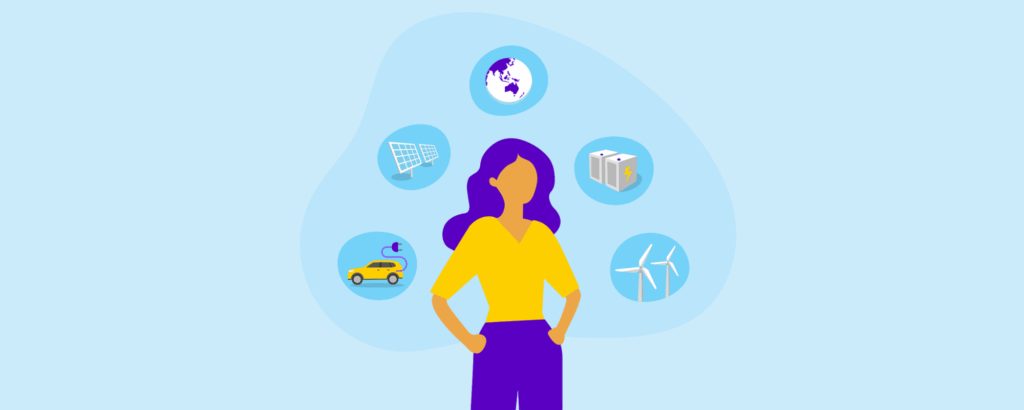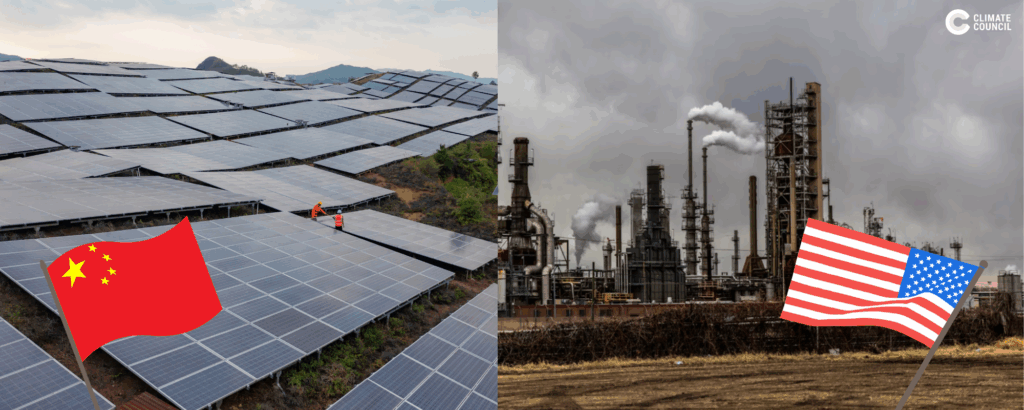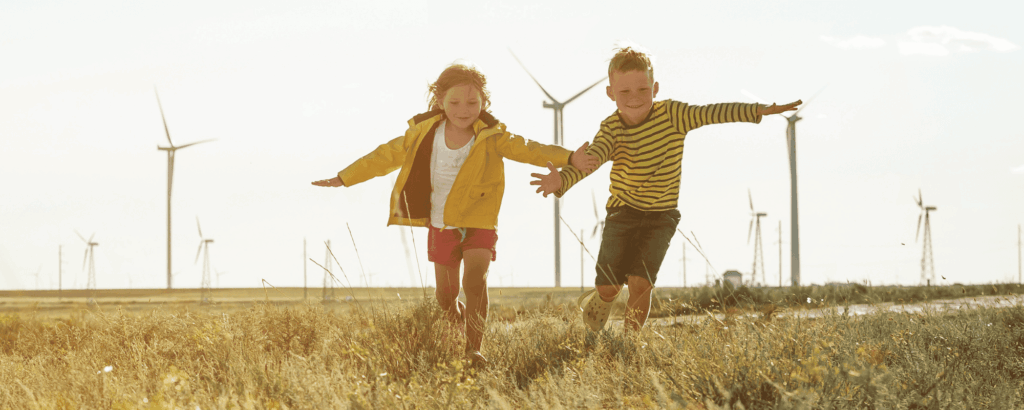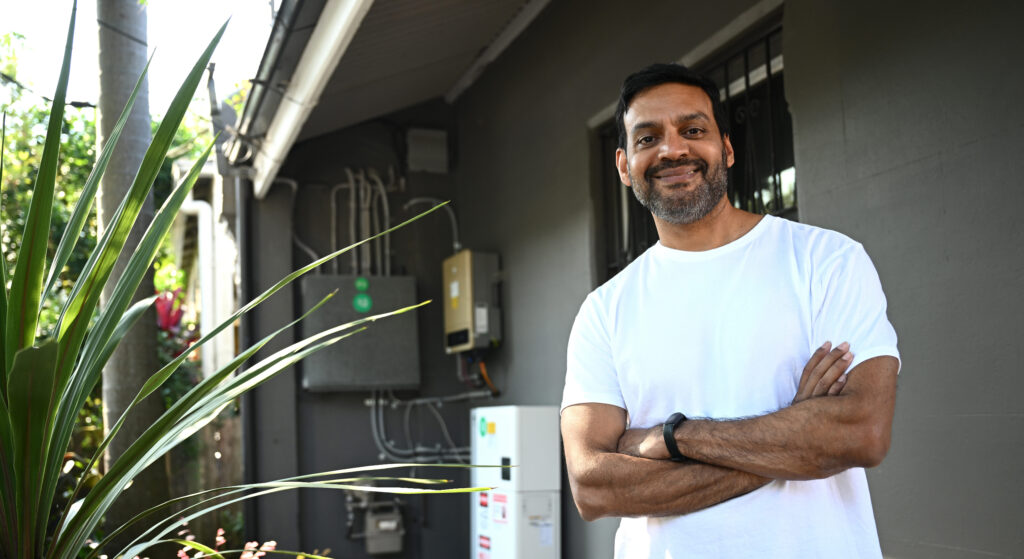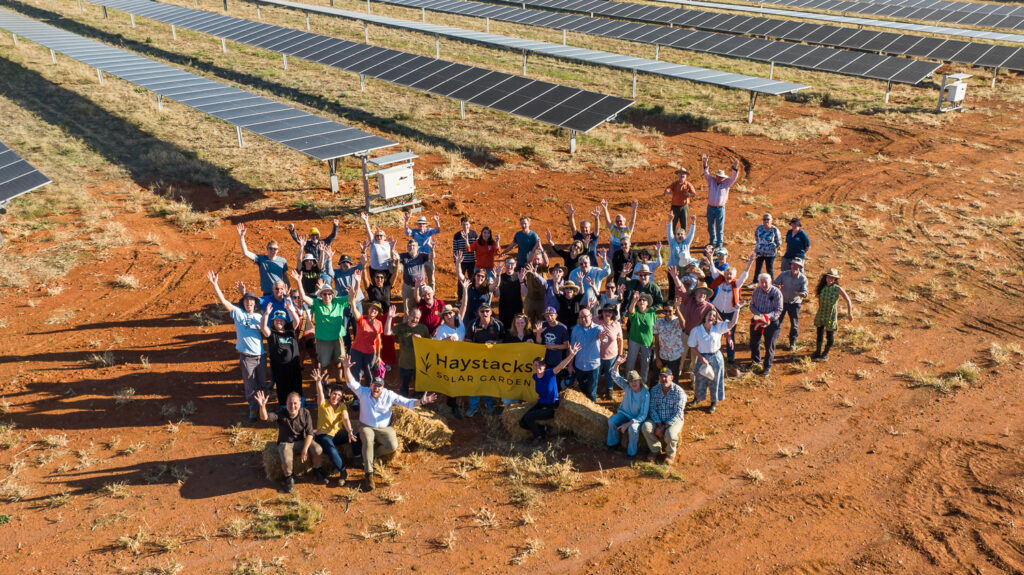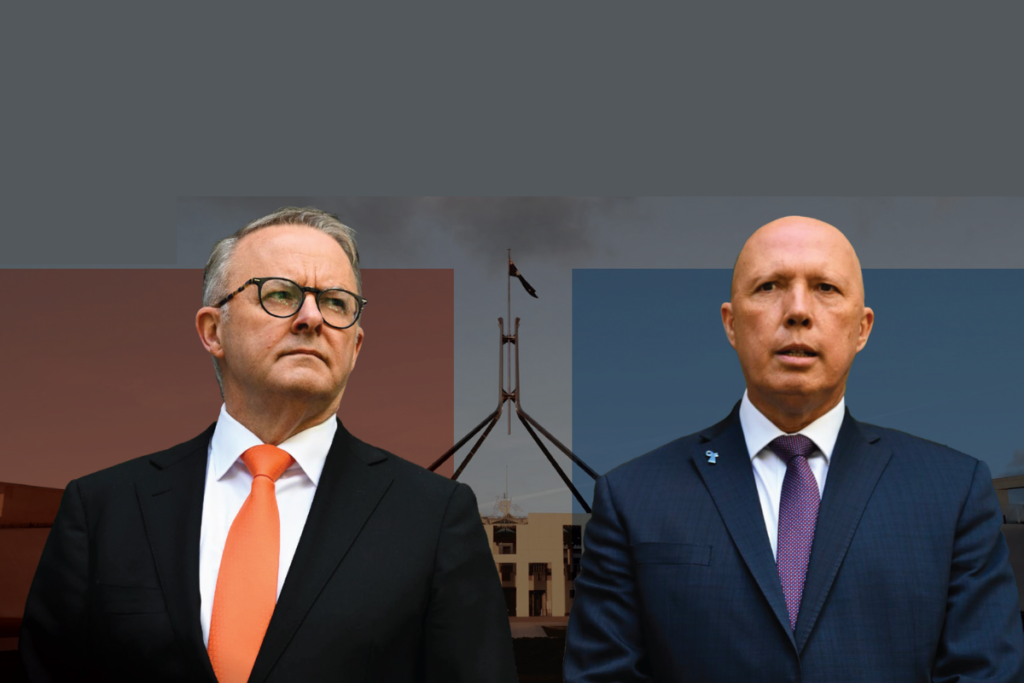Australia and the United States have been security allies since the end of the Second World War. Today, both nations are cooperating to deal with the implications of a warming planet. Canberra and Washington have come to view the climate crisis as a threat to national security, and acting on climate change has become a key pillar of the Australia-United States alliance.
Working together to tackle the climate crisis is high on the agenda of the bilateral Australia-US alliance, as well as the Quad partnership. As this report explains, Australia and the US are increasingly working together to address the root causes of climate change – which will require both countries to cut greenhouse gas emissions as fast as possible – and to manage the economic and strategic implications of the global energy transition.
The United States has started to get serious about its transition to a clean energy economy. Last year, Congress passed the biggest-ever package of climate spending in United States history – the Inflation Reduction Act (IRA) – which allocates more than AU$520 billion1 to stimulate investment in renewable energy infrastructure and clean energy technologies. This has turbocharged the global clean energy transition, as major economies in Europe and Asia respond with their own support for clean energy industries.
For Australia, the IRA poses both opportunities and threats. Australia is a major exporter of critical minerals that are used in batteries and electric vehicles, and is set to expand mineral exports to the US and elsewhere. However, the IRA is also redirecting global investment to the US, making it harder to attract investment and skilled workers for Australia’s own energy transition. American incentives for new clean energy industries also pose a challenge for Australia’s emerging clean energy exports.
Key Findings:
1. The climate crisis is a national security threat for Australia and the United States (US)
- The climate crisis and the global race to a clean energy future is profoundly reshaping global geopolitics as well as the security and economic interests of Australia and the US, with action on climate change and energy now a key pillar of the Australia-US alliance.
- Climate inaction is leading to more frequent and intense disasters, such as fires and floods. In turn, this will lead to devastating consequences such as water and food shortages, mass displacement, damage to infrastructure and a rise in conflict.
- The Defence Strategic Review found extreme weather disasters are placing significant pressure on the Australian Defence Force. A recent Lowy Institute poll showed 89 percent of respondents saw climate change as a threat to Australia’s vital interests.
2. Australia and the US are cooperating to ensure energy security in the Indo-Pacific region
- The energy shift is reshaping geopolitics in the Indo-Pacific, where countries are increasingly reliant on China as a source of critical minerals and clean energy products. Diverse and resilient clean energy supply chains are a key focus for the Quad partnership, consisting of Australia, India, Japan and the United States.
- China is the global leader in clean energy production and deployment and critical minerals refining – it has more than 80 percent of global solar panel production alone. As the US and China compete to provide clean energy technologies, they have also pledged to work together to implement the Paris Agreement and accelerate the shift to a net zero global economy.
- Australia remains well-placed to supply critical minerals to growing markets, such as for clean energy manufacturing in India. At the same time, both Australia and the US must work together with leaders of the Pacific, where the climate crisis is viewed as the number one threat, to drive an ambitious global agenda to cut emissions.
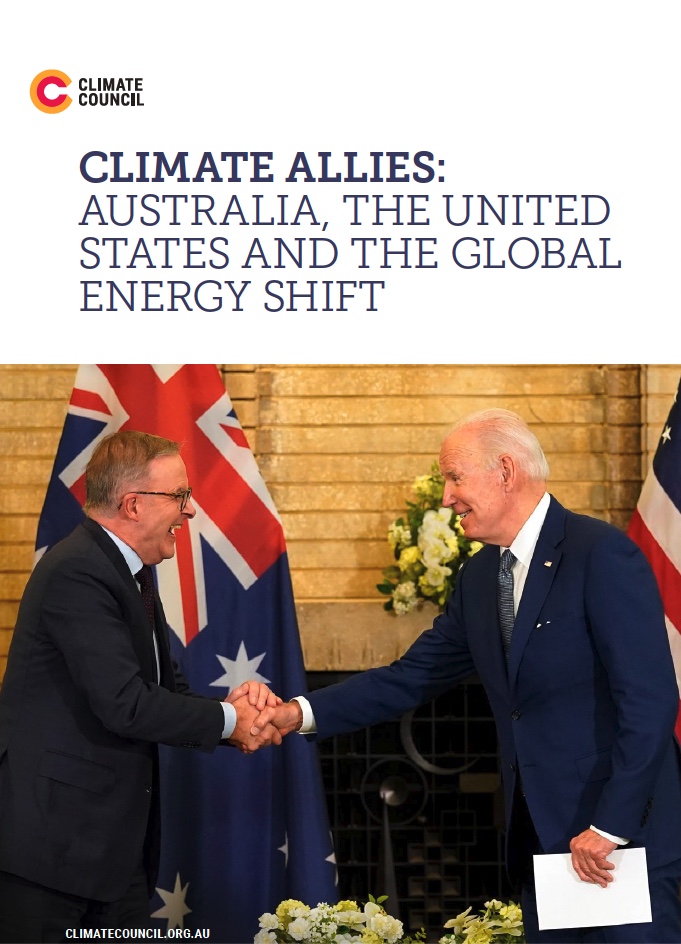
3. US investment in clean energy industries has turbo-charged the global energy transition. This represents an opportunity and a challenge for Australia
- The US Inflation Reduction Act (IRA) marks an inflection point in the world’s energy and industrial transformation. The IRA is America’s largest climate spend in history. It allocates AU$520 billion – around a quarter of Australia’s entire GDP – to stimulate investment in renewable energy infrastructure and clean energy manufacturing.
- The IRA aims to diversify the supply of critical minerals and clean energy technologies to American industry. Already it has catalysed more than AU$220 billion in private investment in clean energy projects and a boom in new solar, battery and electric vehicle manufacturing facilities.
- When the world’s largest economy makes a decisive move, it changes the game for everyone. Already, the IRA has encouraged other major economies to increase investments, including government stimulus packages from the European Union, Japan and Korea.
- Supporting US allies and free trade partners as alternative sources of critical minerals and renewable energy components, the IRA offers tremendous opportunities for Australia. However, the IRA is also redirecting global investment to the US – making it harder to attract capital and skilled workers for Australia’s own energy transition and emerging clean energy exports.
4. Australia is well-placed to become a clean energy superpower – but we must act fast
- The world’s energy and geopolitical landscapes are being reshaped. Through the IRA, the US has offered a tremendous opportunity to Australia, but one that requires us to respond with similar vision and commitment.
- The Australian Government already has a number of financing initiatives that are intended to support Australia’s clean energy transitions, such as the National Reconstruction Fund and the Australian Renewable Energy Agency. However, industry analysts and government officials looking closely at the impact of the IRA on global capital flows suggest this will not be enough to secure Australia’s place in the global race to a low-carbon economy.
- Without strategic government policy to support new industries, Australia could miss the opportunity to capitalise on its competitive advantages in clean energy production. For example, the IRA provides tax credits for renewable hydrogen that reduces production costs by up to 75 percent, making green hydrogen immediately cost competitive against hydrogen made using fossil fuels. Labor’s $2 billion plan to support renewable hydrogen in the 2023 Federal Budget is a step in the right direction, but more support will be needed.
- There’s no time to lose. This is the make or break decade for climate action and the Australian Government should deliver a major package of initiatives aimed at developing our green export industries to replace exported fossil fuels. This should match the size and scale of this once-in-a-century economic opportunity.

